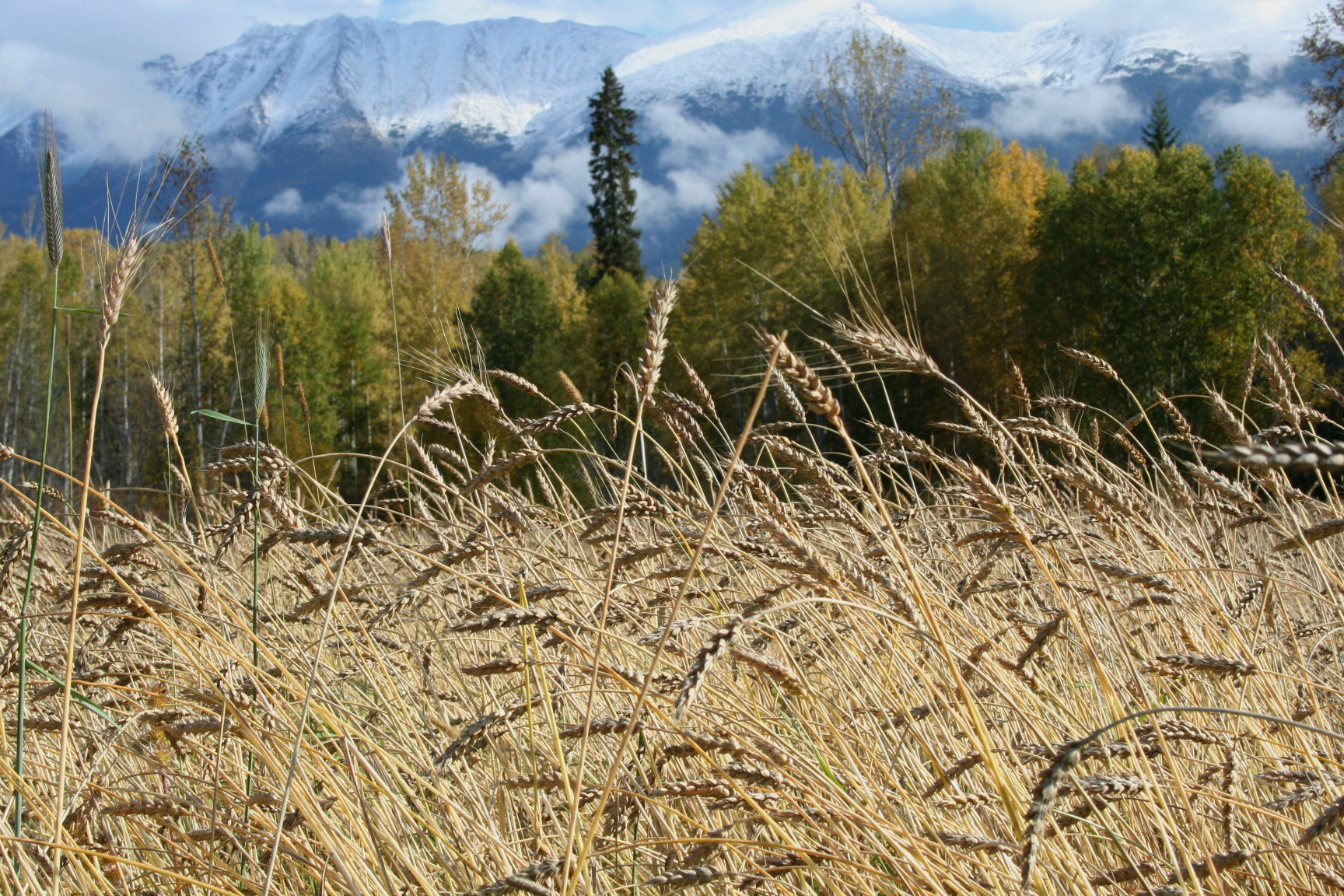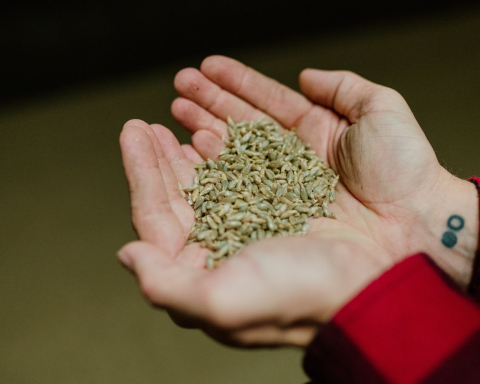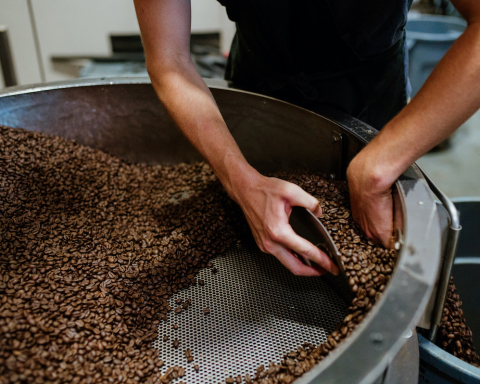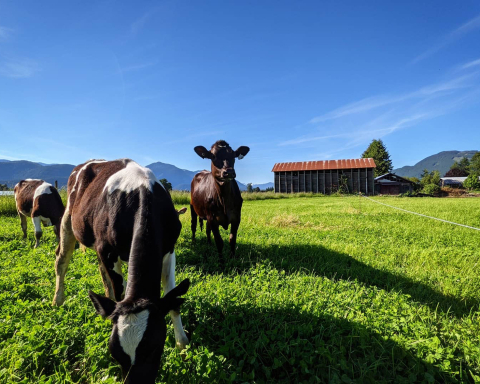Jonathan Knight
The Story of WoodGrain Farm’s Hand Made Grain Mill
I like good technology. I don’t mean my smart phone (I don’t have one) or the latest gene spliced varieties, but rather the tools and innovations that have evolved over decades or centuries of use to make life easier. Appropriate technologies reduce daily drudgery, or improve efficiency to the point that what was otherwise impossible is now doable. They are the innovations and devices that make our lives simpler, not more complex. Good technologies are invented and perfected over time by the people who use them. The best innovations, and the most reliable, are the ones where the inner workings are easily understood, open to repair and adaptation by the user to suit their specific needs. Open-sourced. Good technology is durable and timeless, impervious to the fashions of the day, and without built-in obsolescence.
With perfect technology, the beauty is in its simplicity. Fewer moving parts to break, less complexity to figure out. The wheel hoe is a perfect tool for its intended purpose: efficient, ergonomic, drudgery-reducing, never breaks down, and is easily adaptable to the posture of the user. The digging bar is the perfectly appropriate implement for levering rocks, not the spade. The user and the tool work together, in step. There is no technological gulf.
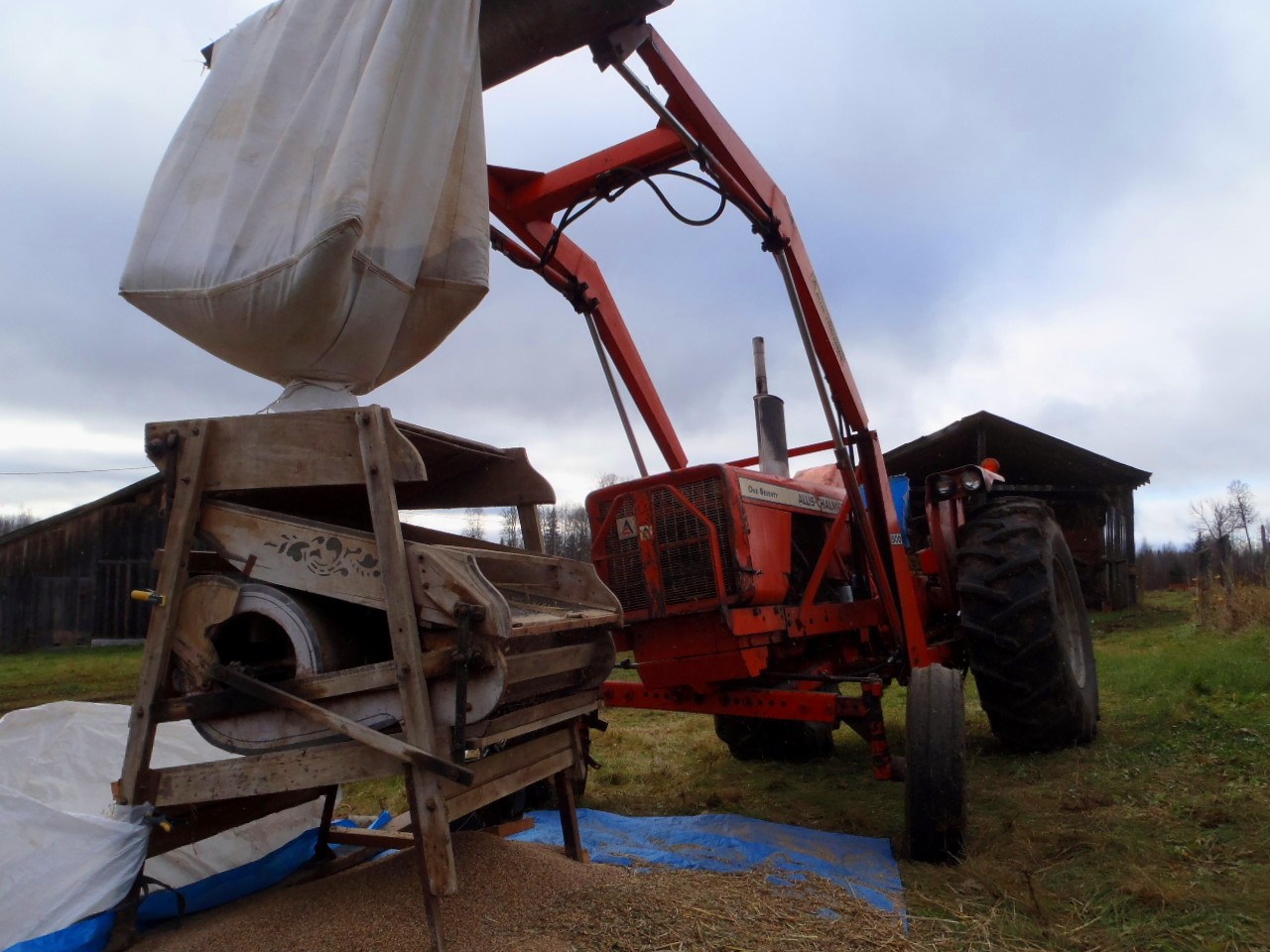
Another perfect technology is the grist mill, or stone flour mill. Quarried from natural granite, a heavy stone gradually ‘shears’ whole grains into smaller and smaller fragments until you’re left with a nutritious flour ready to be kneaded into dough and baked into bread. The stone can be spun by the wind, by moving water, by your arm or legs, or these days by an electric motor. The mass of the stone and slow speed keep the grain cool as it is ground, preserving its goodness. Nothing needs to be added or taken away from the flour. What goes in is what comes out.
As with most technology, attempts have been made to improve upon it. Modern industrial flour mills involve a complex system of steel rollers and separators that very efficiently divide the grain into its component parts—the starchy endosperm, the nutritious inner bran, the fibrous outer bran, the nutrient-packed germ—to produce the highly refined products that the food industry demands. Commercial ‘Whole Wheat’ flour on the supermarket shelf is always refined, adulterated white flour with some bran mixed back in (the germ, the nutritious heart of the kernel, is always removed as the essential oils it contains limits shelf life), because these mills don’t have the ability to simply grind the whole grain into flour. They are too complicated for that.
In smaller scale mills, steel burrs and whirling flails — cheaper to produce and easier to handle than heavy rock —are also used in place of stones to pulverize grain. Some give better results than others, though most burr mills have the tendency to heat and degrade the flour.
Composite stones are most common in small-scale stone mills these days. Instead of quarrying a single stone from the hillside, these stones are manufactured by cementing small rocks onto a concrete base. This gives the grinding surface a sandpaper-like texture that, like burr mills, tends to ‘shred’ the bran into tiny fragments rather than leave the intact bran flakes typical of a natural granite stone mill. These tiny bran ‘shards’ affect the bread baking quality of the flour by cutting through the gluten strands in dough (the complex protein web that trap the gas bubbles in a fermenting dough), limiting the volume of the loaf. These small fragments can also be an irritant to the digestive tract. The quality of wholegrain flour produced by millennia-old mill stone technology remains unsurpassed.
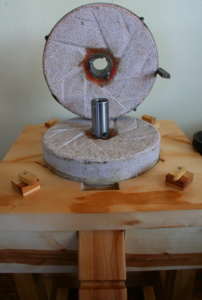
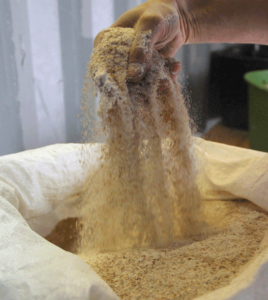
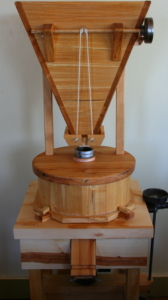
On the farm, we grow a modest five acres of cereal crops, mainly for our own bread making. We also supply wholegrain flour to a small bakery in town and sell bags on the side at our farmers’ markets stall to complement our mainstay vegetables. The grain is sown by hand with an antique broadcast seeder, harvested with a 1940’s Massey Harris Clipper pull-behind combine, and cleaned through a 1920’s Cockshutt fanning mill. Granite stone mills, however, are more difficult to come across than pieces of old farm machinery.
Previous to the farm I had a bread bakery and imported a stone mill from Osttiroler Getreidemühlen in Austria, a family-run company that has been building beautiful wooden mills for generations. These European mills, increasingly common in craft bakeries, are of the traditional ‘horizontal axis’ orientation meaning the stones are set horizontally like the massive slow-turning stones in the windmills and watermills of old. Another common stone mill nowadays in bakeries and small-scale flourmills is Meadows Mills from North Carolina. For over a century they have been quarrying mill stones and building a more industrial metal-encased ‘vertical axis’ stone mill, which can run at a much faster RPM than horizontal mills; a more efficient design though with potential compromises to flour quality.
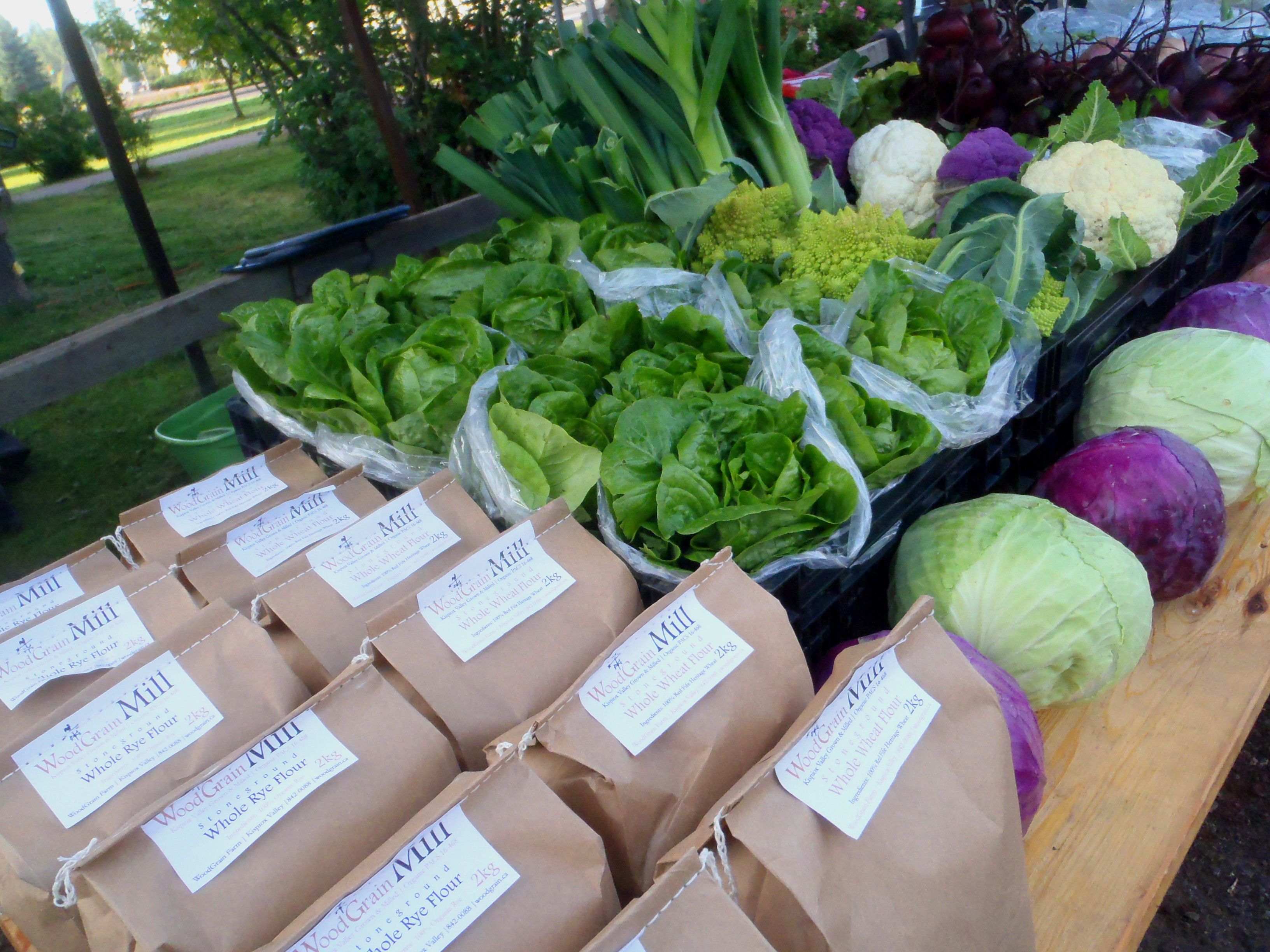 I decided to stick with the traditional horizontal design I was experienced with, and build a mill. I ordered a set of 12” granite stones from Meadows Mills, bought a motor, pulleys, bearings and had a shaft machined locally. I made a trade with a sawmilling neighbour for a pile of dried birch he had in his basement for a furniture project he hadn’t gotten to. For the mill design, the beauty is in the simplicity.
I decided to stick with the traditional horizontal design I was experienced with, and build a mill. I ordered a set of 12” granite stones from Meadows Mills, bought a motor, pulleys, bearings and had a shaft machined locally. I made a trade with a sawmilling neighbour for a pile of dried birch he had in his basement for a furniture project he hadn’t gotten to. For the mill design, the beauty is in the simplicity.
In a traditional horizontal stone mill, the bottom ‘bed stone’ is stationary and anchored to the wooden base. The drive shaft passes through a hole in the center of the bed stone, which supports the ‘runner stone’. This shaft is supported by a bottom bearing that can be raised or lowered to set the distance between the stones; this controls grind fineness (the bottom bearing also needs to be adjustable laterally to set stone alignment). The mill is powered from a pulley on the shaft below the stones, in my case with a 2 horse power electric motor. The stones are encased with a wooden shroud, on top of which is mounted the grain hopper.
Grain drops out of the hopper at a controlled rate through the hole in the center of the runner stone, where it is spun out between the stones. The centripetal force of the spinning stone, together with the pressure from grain behind, moves the grain outwards across the grinding surface of the stone. The grinding surface is dressed with ‘furrows’, or tapered grooves, that the grain moves up and along until it is sheared off by the passing stone. The ‘lands’, or flat areas of the stone, further grind the starchy grain fragments into flour as it makes its way to the outer edge of the stone. A scoop attached to the side of the runner stone deposits the freshly milled our down a chute and into a bag.
Simple, time-honed, perfect technology.
Jonathan Knight organically farms WoodGrain Farm with his partner Jolene Swain.
All photos: WoodGrain Farm


